Understanding the Meaning Behind a Dog's Tail Wagging
Many people assume that a wagging tail in dogs indicates happiness. However, this behavior is not always a definitive sign of joy. Similar to our own gestures, a dog's tail wagging can carry different meanings. So, what exactly does it signify when a dog wags its tail? The most accurate interpretation is that the dog is expressing a desire to interact.
To determine whether this interaction is positive or negative, paying attention to specific details is crucial. Generally, the more the dog's body is involved in the wagging motion, the more friendly their intention is. A gentle sway that begins from the body and reaches the tail often signifies sociability. On the other hand, if only the tail is moving while the rest of the body remains still, it may not be a friendly gesture.
Moreover, the rhythm of the tail movement can provide further clues about the dog's intention. A quick wag is commonly associated with friendliness, whereas a slow wag might indicate hesitation to interact, particularly among more reserved dogs or serve as a display of aggressive tendencies.
The direction of the tail wag is also significant. Trainers believe that a wag that traces a wide circle like a rotating swing, often referred to as the "helicopter tail," indicates a positive sign. This movement is frequently observed when dogs greet close friends, especially after a prolonged period of separation.
Another important aspect to note is the level of tension. A relaxed and loose tail movement is typically a friendly gesture, suggesting a positive intention. On the other hand, a stiff or rigid tail shake may not be a favorable sign. In summary, by considering all these factors collectively, one can accurately decipher a dog's true intentions when it wags its tail.












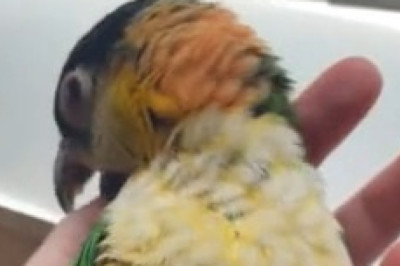

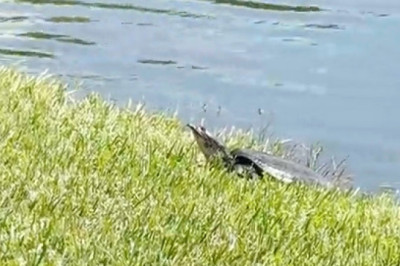
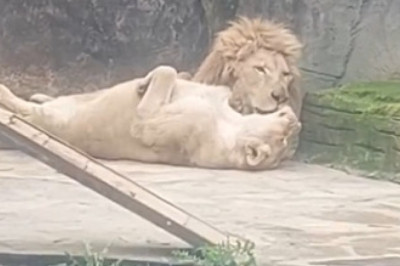
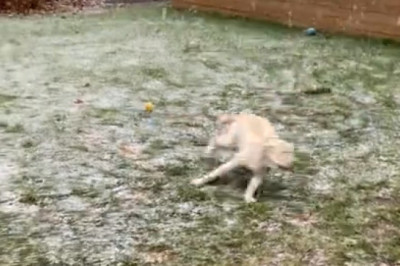
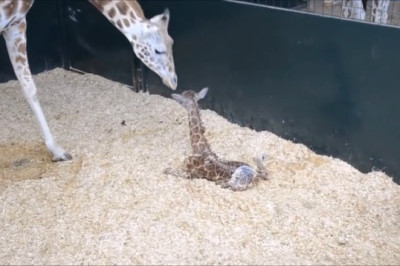
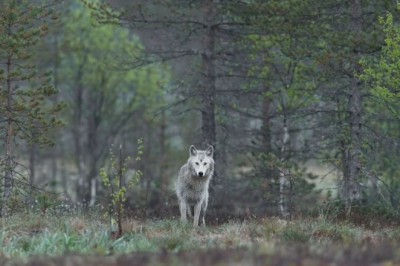


Comments
0 comment